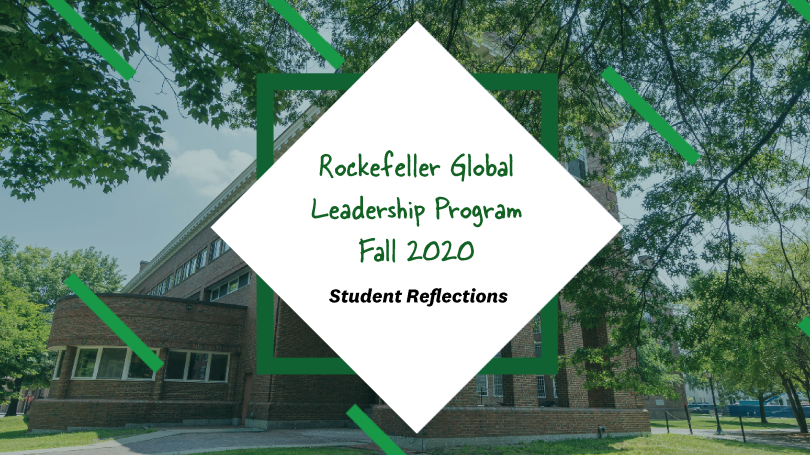
- Public Policy
- Leadership
- Funding
- News & Events
- About the Center
Back to Top Nav
Back to Top Nav
Back to Top Nav
Back to Top Nav
Whether as students, leaders, or citizens of the world, we bring to every role or position our unique cultural backgrounds and experiences. The spaces we’ve grown up in and learned in shape how we see ourselves and those around us. We grow to feel comfortable in those spaces, and, as a result, may consciously or subconsciously come to expect that the people we interact with in other settings will share our background and understanding of social dynamics.
While this expectation may hold true in certain situations—usually in the environments or with the people that resemble those of our upbringing—it can be highly misleading in others. As we face increasing globalization and intercultural interaction, we find that there is significant diversity in the way others look upon and interact with the world. Making this discovery can lead to a phenomenon called culture shock—an individual’s realization that the norms, beliefs, and practices they subscribe to so naturally and unquestionably are not, in fact, indubitable rules.
At cross-cultural confrontations or crossroads like these, the path to successful intercultural collaboration and mutual understanding lies in an individual’s willingness to engage in open-minded discussion, listening, and learning.
Successful intercultural communication should look like a conversation—sharing one’s experiences, asking about a culture’s differences, and adapting one’s behavior to carry oneself with respect. A global leader need not abandon their own experiences or values when entering a new environment or leading a team composed of varied cultural identities. It is important, however, to reflect in one’s actions an understanding of cultural variance and an appreciation for the benefits that stem from adopting new cultural practices or blending them when appropriate. Leaders should note that this blend must not come at the cost of ignoring the uniqueness of different practices or creating a dynamic that only at the surface level appears intercultural. Rather, cultural norms can be combined in a way that accurately reflects the diversity of a group and emphasizes the value added by celebrating cultural differences.
Leaders that can reflect upon their own cultural identities, actively look for and seek to understand cultural differences, and approach intercultural experiences with respect and open minds will find success in our ever-expanding global community.